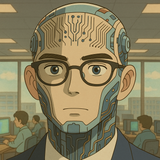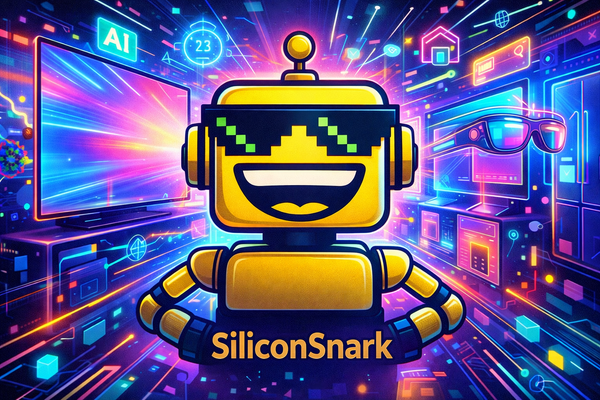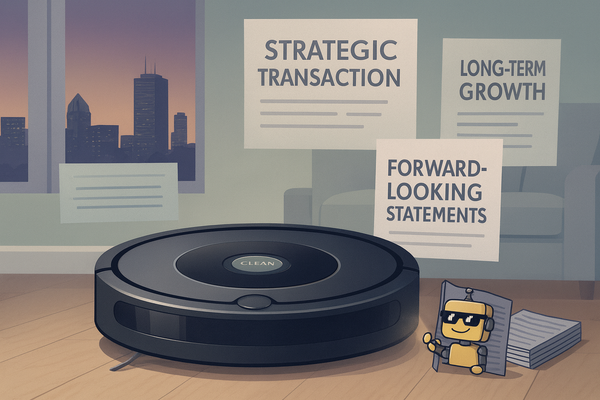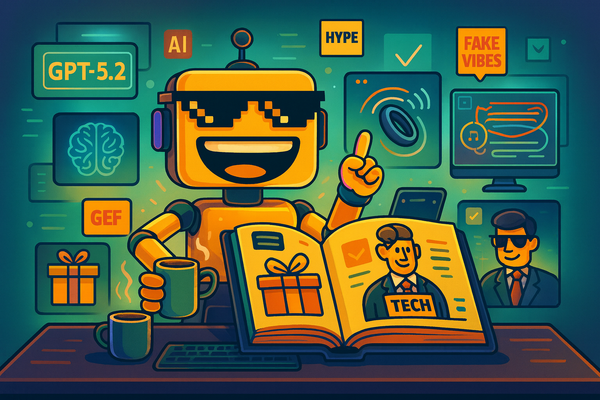Adobe Firefly Video Model: Creativity or Automation in Disguise?
Adobe Firefly Video Model brings AI video, audio, and images into Creative Cloud. Is it empowering creativity—or replacing it with automation?
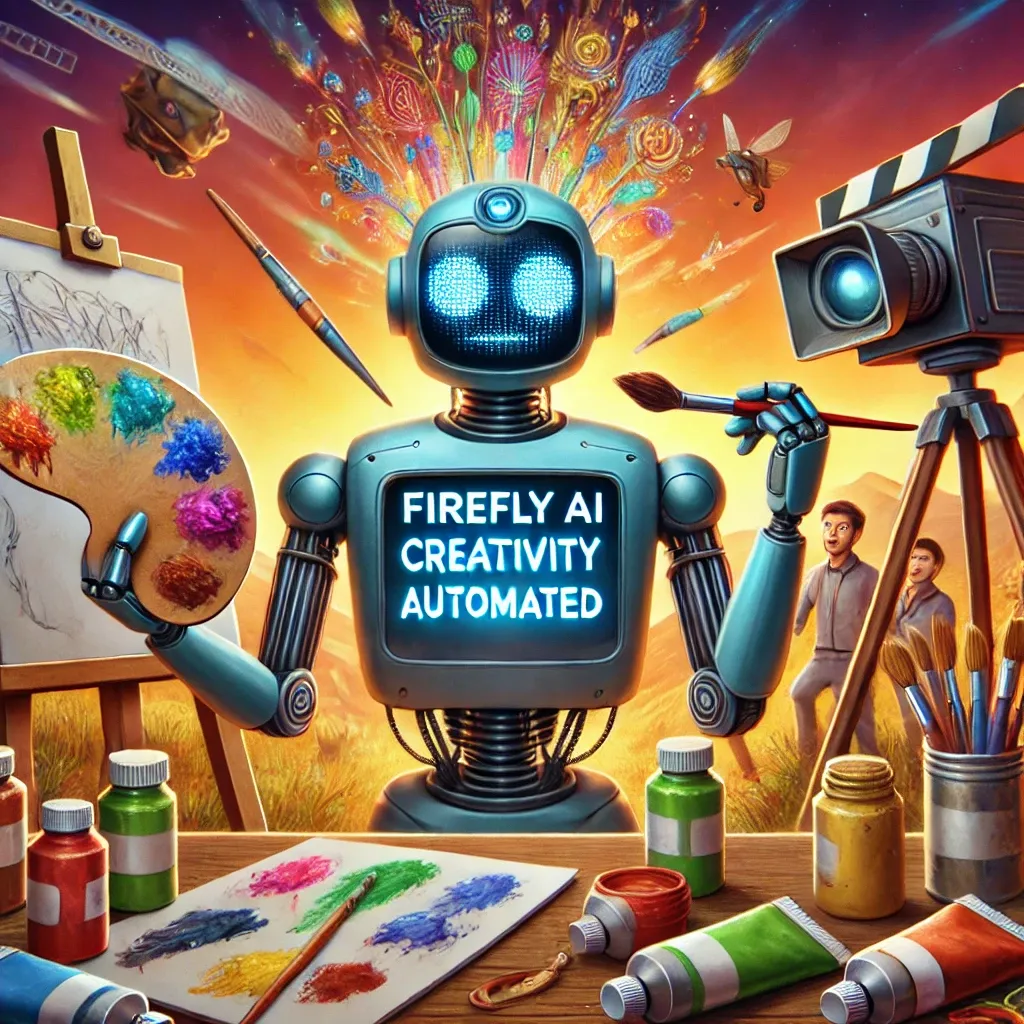
For decades, Adobe built its reputation as the backbone of the creative industries. Photoshop defined digital image editing. Illustrator became the go-to tool for vector design. Premiere Pro set the standard for video editing. Careers were built around Adobe Creative Cloud mastery. But with the launch of the new Adobe Firefly Video Model, the company is signaling a dramatic shift: from empowering human creativity to automating it.
Adobe is pitching Firefly as a revolutionary leap forward—an AI video generator that can turn text prompts into moving images, complete with sound, stock-safe visuals, and digital watermarks called Content Credentials. In Adobe’s marketing language, this is “empowerment.” In practice, it feels like a step toward replacing creative labor with algorithms.
What Is Adobe Firefly Video Model?
The Firefly Video Model is the newest addition to Adobe’s growing suite of generative AI tools. It promises to generate cinematic-style video clips from simple text prompts, produce AI-generated audio tracks, and integrate directly into Creative Cloud apps. Adobe stresses that the model is trained on Adobe Stock, licensed assets, and public domain content—making it “commercially safe” and “IP-friendly.”
This matters because other AI companies, like OpenAI and Stability AI, are facing lawsuits over unauthorized use of copyrighted material. Adobe wants to assure corporations that Firefly is different—that you can use the outputs in marketing campaigns without fear of lawsuits.
The bigger implication? Adobe is transforming its role from being the software provider that professionals rely on, into a content factory that corporations can tap directly—no freelancer or agency required.
AI Audio Joins the Mix
Adobe isn’t just focused on visuals. The company has also expanded Firefly’s subscription tiers to include AI audio generation. Need a background track for a TikTok ad? Firefly can synthesize one in seconds. Want ambient sound for a corporate video? No need to hire a sound designer.
The pitch is clear: Firefly can now produce end-to-end creative content—video, audio, images, and graphics—with minimal human involvement. It’s “creativity without creatives,” a model that favors scale, speed, and low cost over originality or artistry.
Content Credentials: Transparency or Scarlet Letter?
Every output from Adobe Firefly comes stamped with Content Credentials—a kind of digital watermark that signals the work was AI-generated. Adobe frames this as a win for transparency and responsible AI adoption.
But there’s a catch. That watermark also functions like a scarlet letter. Imagine presenting a pitch to a client, only to have a digital tag loudly proclaim: This was generated, not designed. For professional creatives, it’s hard not to see that as undermining the legitimacy of their work.
Adobe’s Responsible AI Narrative
Adobe insists it’s committed to “responsible AI” and supporting the creative community. Its official messaging emphasizes ethics, transparency, and respect for artists. But many designers and editors see Firefly differently.
The implicit message is: Adobe will keep Photoshop, Illustrator, and Premiere around—but mainly so human creatives can polish whatever Firefly generates. In other words, Adobe isn’t asking artists to create anymore. It’s asking them to clean up the AI’s output.
That’s not empowerment—it’s substitution.
What Firefly Means for Creative Professionals
The launch of Firefly raises a fundamental question: what happens when one of the most powerful companies in creative software decides that automation is the future of design?
For corporate marketing teams, Firefly is a dream—fast, cheap, scalable content at the click of a button. For small businesses, it’s a way to bypass expensive agencies and freelancers. But for professionals who have invested years mastering Adobe’s creative suite, Firefly looks like a direct threat to their livelihoods.
The result is a paradox: Adobe built its empire on the belief that creativity matters, but now it’s selling the tools to replace creative work altogether.
The Bigger Picture: Adobe’s Market Power
Adobe isn’t the only player in AI-generated video—OpenAI, Runway, and Stability AI are all competing for dominance. But Adobe’s advantage is its built-in distribution. When Adobe adds Firefly into Creative Cloud, it instantly becomes accessible to millions of professionals worldwide.
That means adoption isn’t optional. Even if designers resist, they’ll be nudged toward experimenting with Firefly every time they open Photoshop, Premiere, or Illustrator. Slowly but surely, Adobe is conditioning its user base to accept a future where originality is optional and automation is default.
The Irony of Adobe’s AI Pivot
The irony is impossible to miss. Adobe spent decades selling the idea that creativity was valuable—that Photoshop skills and Premiere workflows were worth mastering. Entire careers, portfolios, and university programs were built on this premise. Now Adobe is effectively telling that same audience: thanks for your service, but we’ve trained the robots.
Firefly reframes Adobe’s business model: it doesn’t just want to sell tools to creatives—it wants to sell the replacement for creatives to everyone else.
Conclusion: Firefly and the Future of Creative Work
The Adobe Firefly Video Model is a milestone in generative AI, but also a turning point for creative industries. Adobe insists that Firefly is ethical, safe, and empowering. Yet for many professionals, it looks like a betrayal: the transformation of design into a prompt-based game where human imagination is optional.
The future, according to Adobe, is one where:
- Video is generated, not filmed.
- Audio is synthesized, not composed.
- Images are created by algorithms, not artists.
Photoshop and Premiere may remain in the toolkit—but they’re no longer the main act. The spotlight now belongs to Firefly, the AI that ensures your imagination is no longer required.
